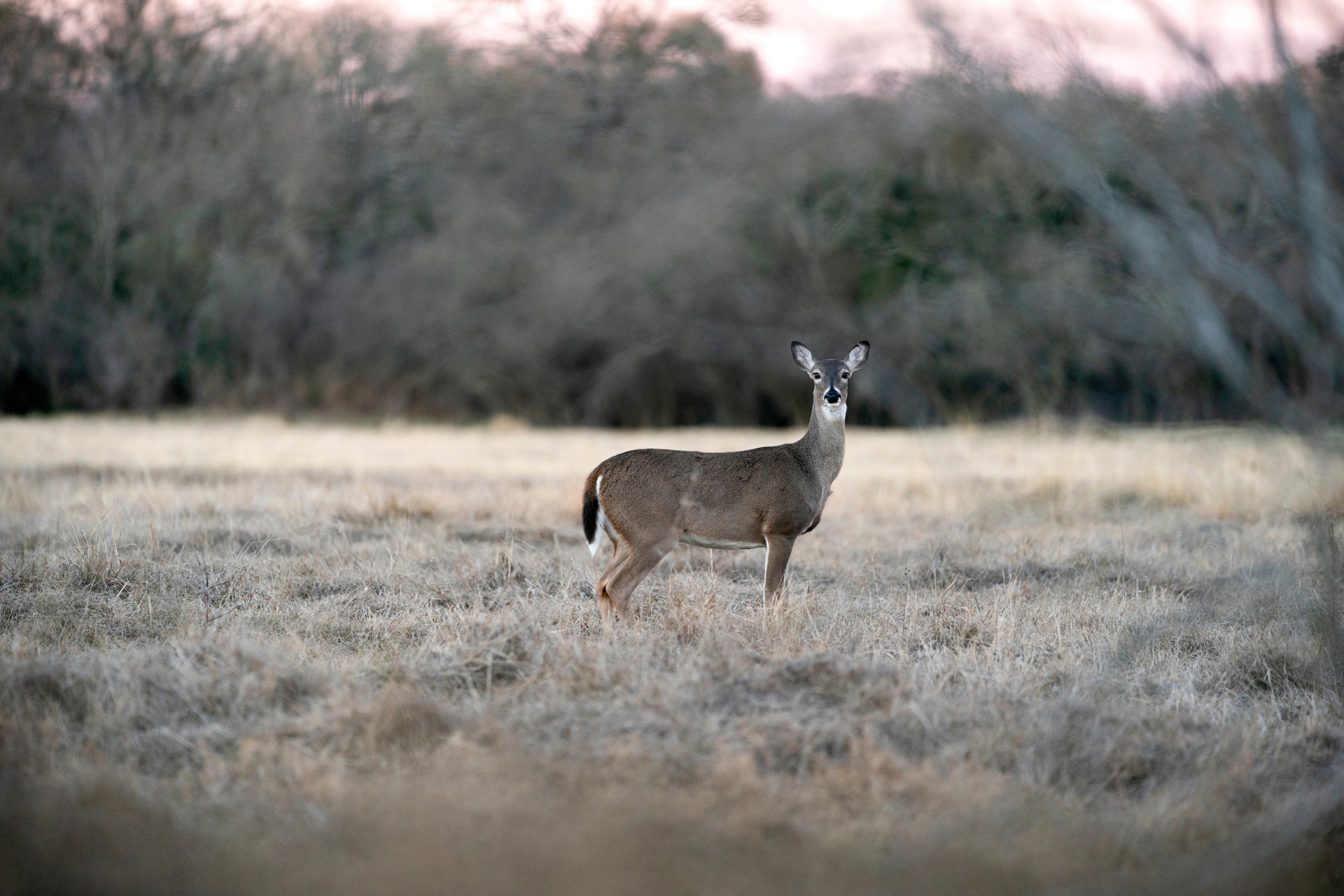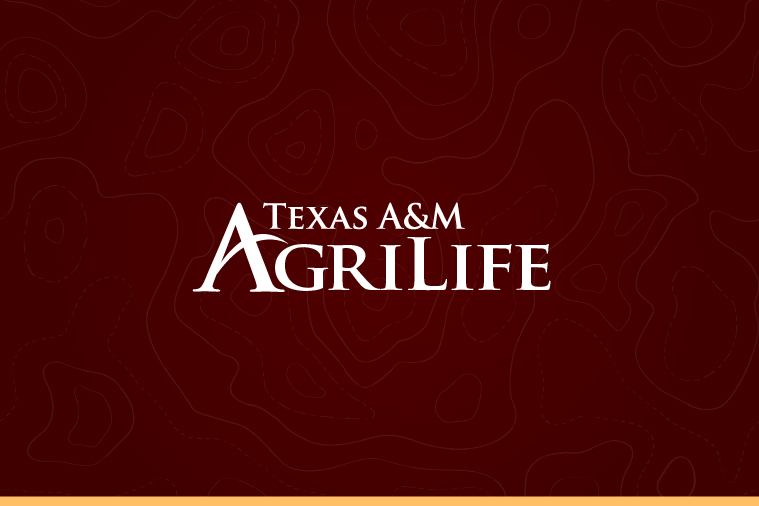Over the last three decades, South Texas cattle producer Bob McCan has discovered more about his rangeland and pasture conditions from analyzing manure than any academic paper or ranch consultation could provide.
Boost Herd Health
Make data-driven decisions for your ranch with precise information on forage quality and livestock nutritional demands.
McCan is one of many producers nationwide who rely on Texas A&M AgriLife Research’s Grazingland Animal Nutrition Lab, GAN Lab, to transform manure analysis into actionable insights. By providing precise data on forage quality and livestock nutritional demands, the lab empowers producers to make informed decisions that improve efficiency, enhance land stewardship and reduce costs.
“We’re able to see the level of nutrition our cattle are getting throughout the year and tailor our supplemental programs — whether that be vitamin and mineral packages or additional feeding,” McCan said. “This helps us to better forecast management needs and optimize efficiency on the ranch.”
Considering adequate nutrition affects everything from fertility and gestation to general health and livestock yields, the importance of these insights cannot be overstated.
Where science meets stewardship
This ability to connect science to practical stewardship has been a cornerstone of the GAN Lab since its inception, said Doug Tolleson, Ph.D., director of the lab and AgriLife Research associate professor in the Texas A&M Department of Rangeland, Wildlife and Fisheries Management, Sonora.
At the heart of the GAN Lab’s mission is dietary diagnostic analysis of manure using near-infrared reflectance spectroscopy, NIRS.
“Near-infrared reflectance spectroscopy, NIRS, works similarly to how our eyes perceive color. Just as we see all the pretty colors of bluebonnets because they reflect certain light wavelengths, NIRS detects and analyzes specific wavelengths absorbed and reflected by materials in manure samples.”
Doug Tolleson, Ph.D.
Grazingland Animal Nutrition Lab director and AgriLife Research associate professor
“NIRS works similarly to how our eyes perceive color,” Tolleson explained. “Just as we see all the pretty colors of bluebonnets because they reflect certain light wavelengths, NIRS detects and analyzes specific wavelengths absorbed and reflected by materials in manure samples.”
By shining near-infrared light energy on dried manure samples and applying calibrated equations, GAN Lab scientists can identify key nutritional markers such as protein and total digestible nutrients.
This information is then processed through the lab’s Nutritional Balance Analyzer software, NUTBAL, which accounts for environmental factors and livestock profiles to determine if dietary needs are being met.
“From the fecal sample, we know exactly the quality of the animal’s diet and if it’s fulfilling their nutritional requirements,” said Barbara Rodrigues, Ph.D., research scientist and GAN Lab manager. “We then provide producers with these findings as well as suggested supplements and resources if the nutritional needs are not being met.”
With a typical turnaround time of two or three business days, producers can swiftly address deficiencies, preventing health declines and improving herd condition.
Real-world results on livestock conditions and financial savings

The lab’s impact extends beyond identifying nutritional gaps – it can also uncover cost-saving opportunities when forage conditions are meeting or surpassing an animal’s needs.
“The analysis helped us realize that we were exceeding the nutritional requirements of our sheep herd and spending extra money on supplemental feeding when they were doing just fine on pasture,” said Erika Campbell, a commercial livestock producer in West Texas. “The nutritional monitoring results help us fine tune our supplementation strategies, maintain animal health and condition, and prevent excess spending on feed.”
Over time, the lab’s aggregated data allows producers to track trends and pinpoint how specific land management decisions, such as grazing rotation or prescribed fire, are affecting forage production to make proactive management decisions.
International impact across species
Unlike other labs using NIRS for manure analysis, the GAN Lab is one of the only commercial laboratories in the U.S. using the technology to offer producers a prediction of animal diet quality, giving it a unique position in the industry.
Beyond the U.S., the lab has supported international producers through projects such as the East Africa Livestock Early Warning System and the Mali Livestock and Pastoralist Initiative. Tolleson said the lab has collaborated with laboratories around the world and has even helped many new labs set up their instruments.
Aside from livestock production, the techniques used by the lab can have a positive impact on wildlife management as well. To date, the lab has conducted NIRS analyses on species ranging from giant pandas to elephants.



A vision for the future
Tolleson and Rodrigues hope to continue to increase the number of producers using the lab’s services while also exploring more innovative applications for NIRS to be applied across agriculture and land management.
“Our goal is to continue to do what we’ve done well, find out where we can improve and ultimately provide better quality information to help people manage the nutrition of their animals,” Tolleson said.
By bridging science, technology and practice, the GAN Lab continues to equip producers with the tools they need to optimize livestock performance, safeguard natural resources and increase profitability across Texas and beyond.





